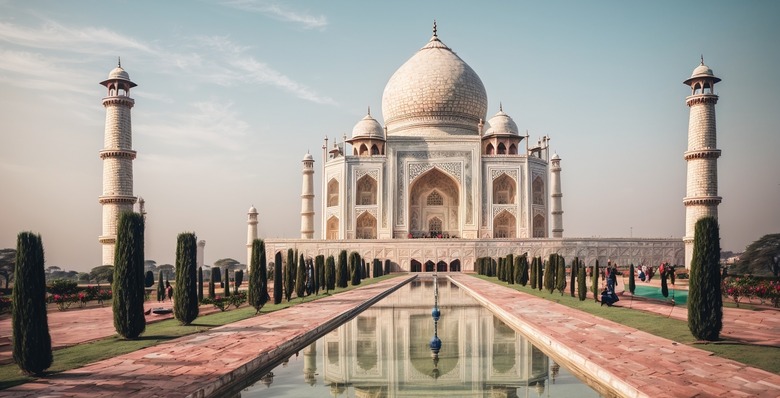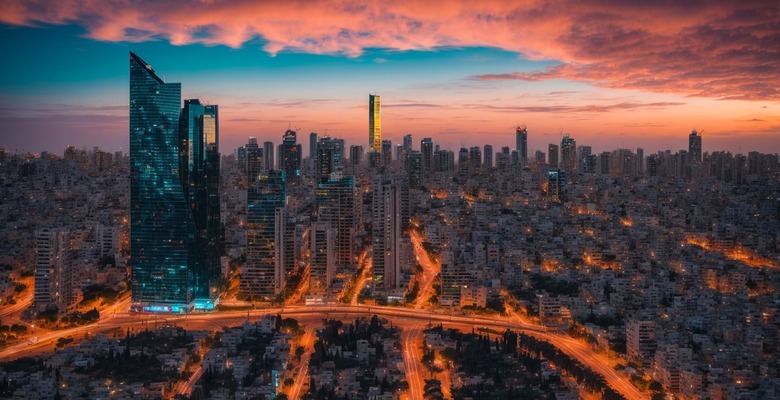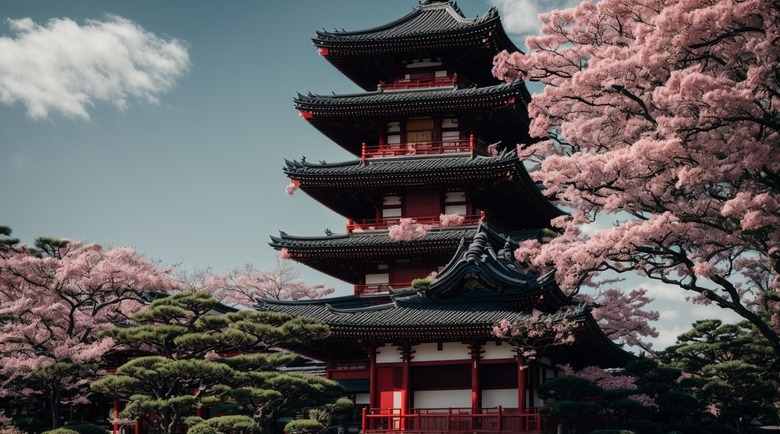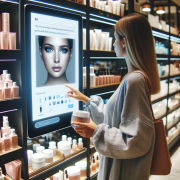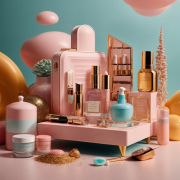A blend of tradition and innovation.
Being a prominent hub for beauty and personal care items, Japan stands out among the top global markets.
This premium market holds the highest per capita spending on cosmetics and skincare globally, Japan’s cultural emphasis on beauty and wellness amplifies the market’s appeal, from the young to the middle aged all the way to the aging population that fuels the rising demand for denture products, creating a distinctive niche across various consumer segments.
The Japanese wellness and cosmetic market boasts consistent growth signifying its potential for newcomers, especially when it comes to natural, green, vegan, organic brands since it aligns with evolving consumer preferences.


